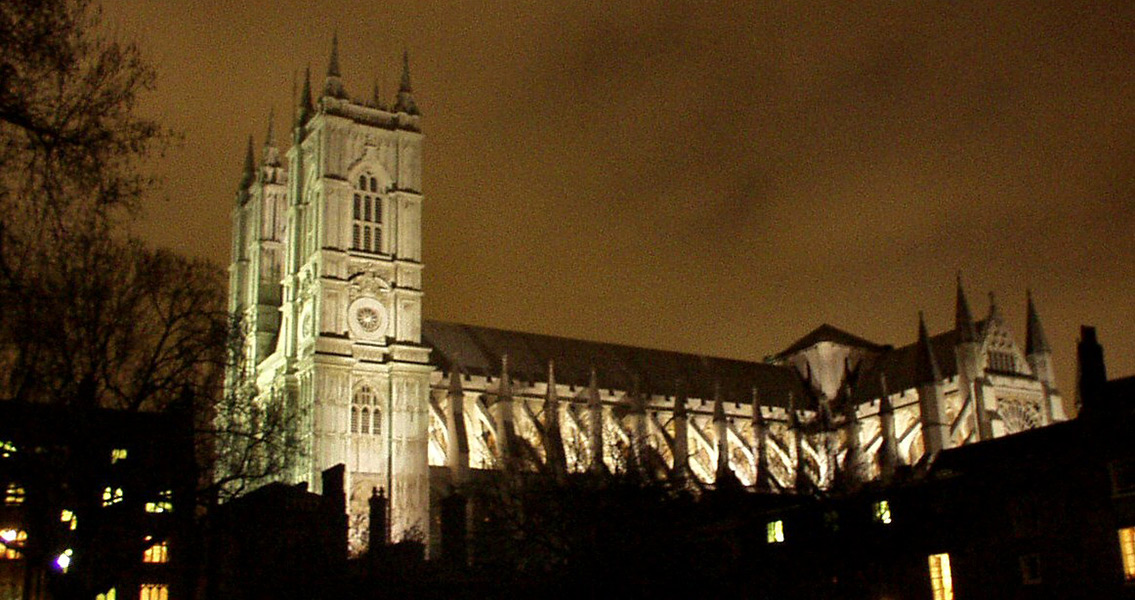<![CDATA[A new discovery of human remains on the grounds of Westminster Abbey has tentatively been traced to the pivotal moment in English history when the Normans came to power in 1066, archaeologists say. The new bones, which were discovered beneath drainage pipes in a former Victorian lavatory block just outside the Poet’s Corner wall, were found along with the remains of a three year old child. Warwick Rodwell, an archaeologist for the abbey, told The Guardian that the child’s remains are one of the many questions that have gone unanswered, though he added that ecclesiastical sites often exhibit children, as well as women, buried in odd places. The only thing Rodwell was sure of was that the child was much too young to be a servant or apprentice to the abbey. Meanwhile, the other set of remains, which are still waiting for more complex analysis to determine the gender, were interred in a wooden coffin – this indicates that person had a heightened socials status compared to abbey monks, which were typically buried without a coffin. This isn’t the first instance of remains discovered near or on the abbey’s grounds. In fact, more than 50 individual sets of remains have been discovered so far due to construction on a new tower designed to offer access to the building’s attics. These skeletons are understood to be dated to between the late eleventh century and the early twelfth century. Many of these remains were found stacked like cordwood in massive piles of leg bones and skulls, ostensibly placed there during the reign of Henry III. The monarch spent £45,000 to construct the abbey – and the traces left behind by Henry’s work crews are apparent in the square holes punched through some of the skulls. The construction efforts involved demolishing the church built by Edward the Confessor, which disturbed these burials. According to Pre-Construct Archaeology’s Paw Jorgensen, the excavation supervisor, the remains had been placed in burial on the outer side of the south transept walls before the construction. This differentiates the deceased from high-status individuals like senior clergymen and royalty, as these individuals would have been interred within the church proper. However, Jorgensen remarked that the close proximity of the outside burials indicated that they were of some prominence in life – likely upper-level clergy that were only slightly less important than those buried within the church. Even more burials were disturbed during the Victorian era when the abbey was subject to comprehensive restoration and refurbishment under the supervision of Sir George Gilbert Scott. Somehow, the skull of an individual who had been buried in a stone coffin went missing during this time, likely through the efforts of curious treasure-seeking workers; Rodwell has expressed desire to see if these workers might have missed anything in their callous grave-robbing, in an attempt to identify and preserve these disturbed remains. ]]>
New Medieval Remains Found at Westminster Abbey
